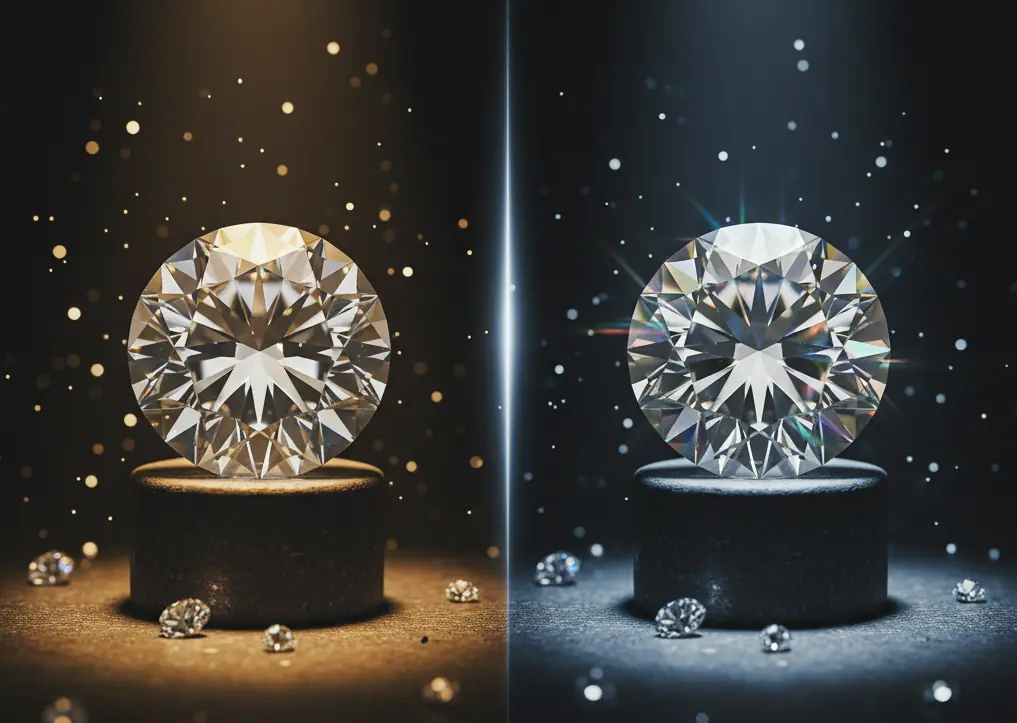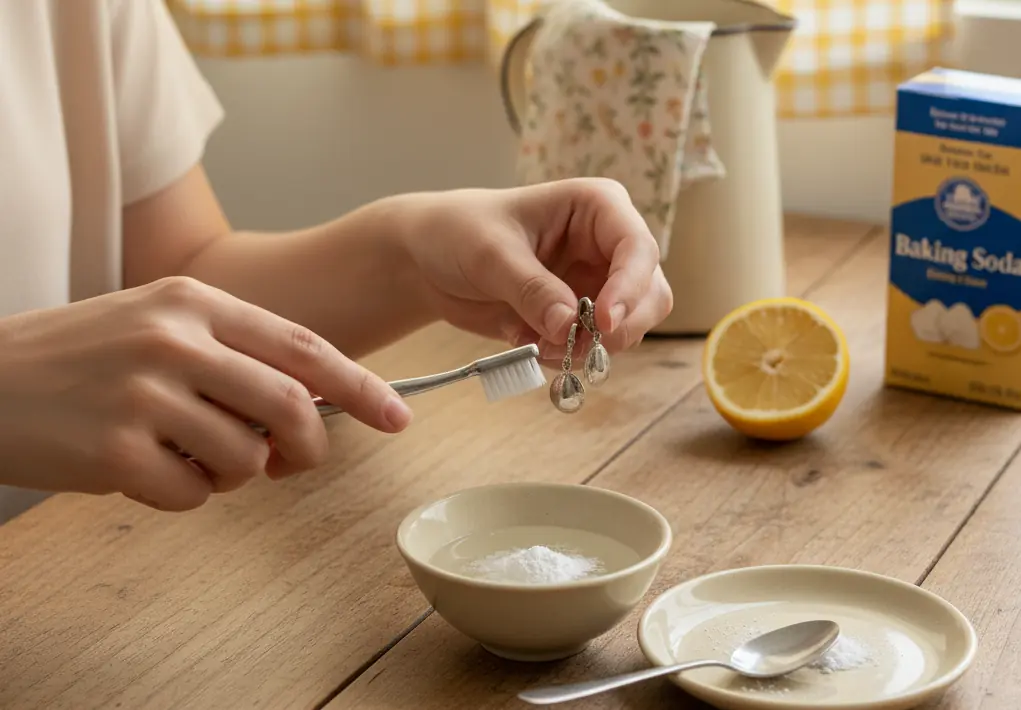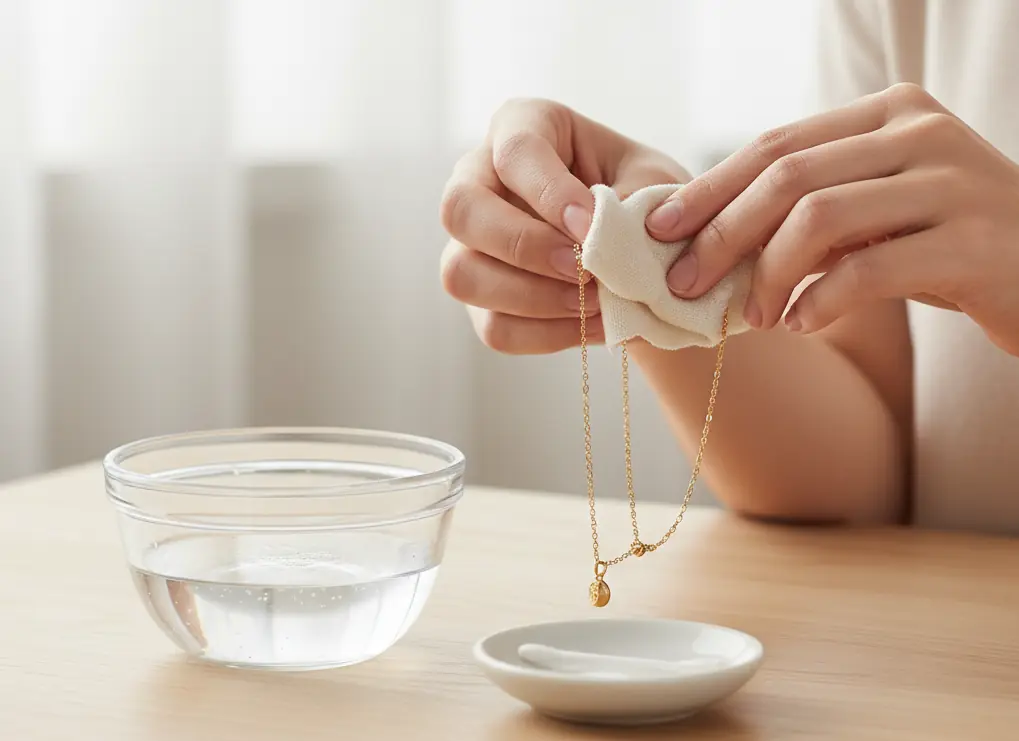Moissanite vs. Diamond: A Comprehensive Comparison for Wholesalers
In the ever-evolving world of gemstones, the choice between natural diamonds and moissanite has become a significant consideration for both consumers and industry professionals. As a wholesaler, understanding the distinct characteristics, benefits, and drawbacks of each is crucial for making informed purchasing decisions and effectively serving your clientele. This article delves deep into the comparison of moissanite and diamonds, providing a comprehensive overview to guide your business.
What is Moissanite?
Moissanite is a naturally occurring mineral that was first discovered in 1893 by French scientist Henri Moissan in meteorites. However, the moissanite used in jewelry today is lab-created, making it more accessible and sustainable. It is chemically identical to natural moissanite, possessing a crystalline structure of silicon carbide. Its brilliance, fire, and durability make it a compelling alternative to diamonds.
What is a Diamond?
Diamonds are minerals composed of pure carbon, crystallized under immense heat and pressure deep within the Earth's mantle. They are renowned for their exceptional hardness, brilliance, and historical significance as symbols of love and luxury. Natural diamonds are mined and then cut and polished to reveal their inherent beauty.
Key Comparison Points: Moissanite vs. Diamond
To truly understand the value proposition of each stone, we must examine them across several key metrics:
1. Brilliance and Fire (Sparkle)
Both moissanite and diamonds exhibit exceptional sparkle, but they do so in slightly different ways.
- Diamond: Diamonds possess a high refractive index (RI) of 2.42, which means they bend light very effectively, creating a bright white sparkle known as brilliance. They also exhibit a phenomenon called 'fire', which is the dispersion of light into spectral colors.
- Moissanite: Moissanite has an even higher refractive index than diamond, measuring around 2.65 to 2.69. This leads to more fire and brilliance than a diamond. Moissanite's fire is often described as more intense and colorful, sometimes even rainbow-like, which some people find more dazzling than a diamond's sparkle.
2. Hardness and Durability
Durability is a critical factor for gemstones intended for daily wear. The Mohs scale of mineral hardness is used to measure a stone's resistance to scratching.
- Diamond: Diamonds are the hardest known natural substance, scoring a perfect 10 on the Mohs scale. This extreme hardness makes them incredibly resistant to scratches and wear, ensuring they retain their luster for generations.
- Moissanite: Moissanite is also extremely hard, scoring a 9.25 on the Mohs scale. This makes it harder than most other gemstones, including sapphires and rubies, and only slightly less durable than a diamond. For all practical purposes in everyday wear, moissanite is exceptionally durable and will not easily scratch.
3. Color
The color of a gemstone significantly impacts its appearance and value.
- Diamond: Diamonds are graded on a color scale from D (colorless) to Z (light yellow or brown). Colorless diamonds (D, E, F) are the most prized and expensive. Many diamonds naturally possess subtle tints of yellow or brown, which can be difficult to detect without expert observation.
- Moissanite: Lab-created moissanite is typically D-colorless. However, as its refractive index is higher, it can sometimes exhibit a warmer, more rainbow-like fire, which may be perceived as having a slight tint by some. High-quality moissanite is virtually colorless, but it's important to note its unique optical properties.
4. Clarity
Clarity refers to the presence of internal inclusions or external blemishes within a gemstone.
- Diamond: Natural diamonds are graded for clarity on a scale from Flawless (FL) to Included (I3). The presence of inclusions can affect a diamond's beauty and value.
- Moissanite: Because moissanite is lab-created, it is possible to produce stones with exceptional clarity. Most high-quality moissanite is considered flawless or internally flawless, making it consistently pristine.
5. Cost
Price is a major differentiator between moissanite and diamonds.
- Diamond: Natural diamonds are significantly more expensive than moissanite, with prices varying greatly based on the 4 Cs (carat, cut, color, clarity). The rarity and labor-intensive mining process contribute to their high cost.
- Moissanite: Moissanite is a much more affordable gemstone. Its price point allows consumers to acquire larger stones, intricate settings, or multiple pieces for the same budget they might allocate for a smaller diamond. This affordability is a primary driver of its popularity.
6. Ethical and Environmental Considerations
Consumer awareness regarding the ethical sourcing of gemstones has increased, making this a vital aspect for wholesalers.
- Diamond: The diamond industry has made strides in addressing ethical concerns through initiatives like the Kimberley Process, which aims to prevent the trade of conflict diamonds. However, the environmental impact of diamond mining remains a consideration.
- Moissanite: As moissanite is lab-created, it is considered an ethically sourced and environmentally friendly option. The lab creation process has a significantly lower environmental footprint compared to traditional mining operations.
7. Origin and Authenticity
Understanding the source of your gemstones is paramount.
- Diamond: Natural diamonds are mined from the earth. Their authenticity is typically verified through grading reports from reputable gemological laboratories.
- Moissanite: Moissanite is created in a laboratory. While it shares many physical and optical properties with diamonds, it is a distinct gemstone. Reputable sellers will clearly identify moissanite as such. Specialized diamond testers may not always accurately identify moissanite due to its unique properties, so it's wise to use tools specifically designed for moissanite detection if needed.
Pros and Cons Summary
Moissanite:
Pros:
- Significantly more affordable than diamonds.
- Exceptional brilliance and fire, often more vibrant than diamonds.
- Extremely durable (9.25 Mohs hardness), suitable for daily wear.
- Consistently flawless or near-flawless clarity.
- Ethically sourced and environmentally friendly.
- Available in a wide range of sizes and cuts.
Cons:
- Its intense fire might be perceived as too flashy or artificial by some.
- May not hold the same traditional investment value as natural diamonds.
- Can sometimes be mistaken for diamond by basic testers, requiring specific identification methods.
Diamond:
Pros:
- Considered the ultimate symbol of luxury and commitment.
- Exceptional hardness and durability (10 Mohs hardness).
- Timeless appeal and potential as an investment.
- Unique, natural beauty with a wide spectrum of characteristics.
Cons:
- Extremely expensive.
- Ethical sourcing and environmental impact can be concerns.
- Inclusions and color variations can affect appearance and value significantly.
- Natural diamonds are finite resources.
Conclusion for Wholesalers
Both moissanite and diamonds offer unique value propositions. For your wholesale business, offering moissanite provides an attractive and accessible option for a broader customer base seeking stunning, durable, and ethically produced jewelry. It allows customers to achieve their desired aesthetic at a fraction of the cost of natural diamonds. Understanding these distinctions empowers you to educate your clients effectively, stock a diverse range of high-quality products, and cater to the evolving demands of the jewelry market. By offering both, you can position your wholesale business as a comprehensive provider for all gemstone preferences.



